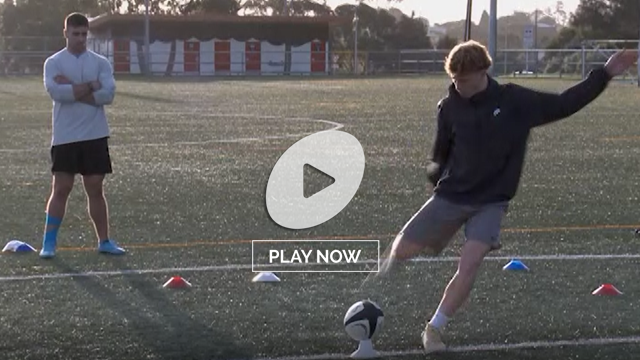Cumbrian head coach Steve Borthwick has just led England to the respectability of a World Cup semi-final. Nothing looked less likely after England’s insipid performances in the 2023 Six Nations and World Cup warm-up matches. In fact, he is quite used to pulling rabbits out of hats, because he performed the same trick at the Leicester Tigers club.
When Borthwick was appointed at Welford Road in February 2020, the club was in the doldrums despite the dim glow of an illustrious past. No major honours had been achieved since the 2012-2013 English Premiership title, and it was 20 years since Tigers last won a Heineken Champions Cup. That is far too long for a club with such a gilt-edged provenance.
England scrum-half and cap centurion Ben Youngs noticed how things began to change once Borthwick arrived:
“Definitely we have come on a huge amount [under Borthwick], there is no doubt. We have had to strip our game back and start from the fundamentals of our game which is set-piece, scrum, maul, lineout, being direct, kicking game, kicking strategy and all that. We have stripped it right back and I’m sure when we get a full pre-season we will layer on the next bit, layer the next part of our attack and how we put teams under pressure in a different way.”
The Leicester Tigers went back to the fundamentals of set-piece, kicking and defence and it won them an English Premiership in the 2021-22. The accuracy of the kicking game was especially important. Leicester kicked an average of 33 times per game, and they were the only side to average more than 1,000 metres in kicks per game.
In the recent semi-final against the Springboks, England kicked 41 times for a total of 961 metres, but the most critical stat was they won back 10 of the first 12 contestable kicks that they launched. Borthwick’s Leicester/England set-up offers a terrific model for any team looking to build up solid fundamentals in a contestable kicking strategy, whether used for exits from your own end or from positions further upfield.
Let’s take a look at some of the features to emerge from England’s performance against South Africa. The men in white were particularly strong in the chase down their left-hand side, and that is how their first turnover of the game was won:

There are several key features in this set-up for the box-kick off #9 Alex Mitchell.
- Create a short-side and a wide-side – a maximum of 20 metres of short-side for the chase to fill.
- Max kicking length of 30 metres. Any more than that, and the ball will not be contestable by the chaser.
- Main chaser (#11 Elliott Daly) starts wide (in the 5m corridor), and bends his run in towards the receiver, between the 5m and 15m lines – never start inside the catcher!
- Two ‘jackals’ in the chase-support group. England #6 Courtney Lawes and #8 Ben Earl – two of their best at ground-hogging for turnovers, are in close support of Daly to pick up any scraps from the table of the aerial contest.
This basic formation proved its value time and time and again. Once you get the details right, you can start to embroider:
On this occasion the short-side is narrower, so the chase is reduced from four to two, with just Lawes and Daly positioned to that side. Daly starts in touch, then turns his run in on a late U-bend, and Lawes picks up the scraps on the floor. Because the Springbok receiver was the full-back Damian Willemse, there is now an opportunity for the double kick by Mitchell into an empty backfield. One kick creates pressure, the second amplifies it. It is a simple way of moving the ball upfield.
The scenario is slightly different in this instance, with Owen Farrell kicking back to South Africa with a longer punt of around 35 metres. It is the job of the main chaser (#15 Freddie Steward) to put the support group onside – and it is composed of the usual suspects: Lawes, another back-rower (#7 Tom Curry in for Ben Earl) and hooker Jamie George. On a longer kick, the task of the chaser is to prevent an effective first offload or pass by the receiver, and here Steward spoils the pass from Willemse and Lawes reclaims the loose ball.
Once you master the basic principles of kick-chase, they can also be applied to similar scenarios like restarts:
A 25-metre drop-out from Farrell, with Daly chasing from out-to-in from the blind-side of the receiver, and a three-man support group ready to counter-ruck over the top of the ball to provide a very clean turnover indeed.
Summary
Borthwick’s England demonstrated in their World Cup semi-final versus the Springboks just how far an accurate kick-chase game can take you towards the winning of a rugby match. Get the length of the punt, the arc-of-chase and the composition of your support group right, and you can turn the contestable kicking game into a venomous weapon. Know when to contest directly in the air, and when to challenge the first pass/offload or the man on the ground. If only England had an attacking game to match it, they could be contemplating a final against the All Blacks right now.












